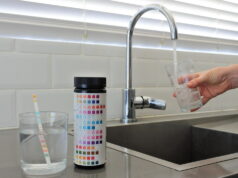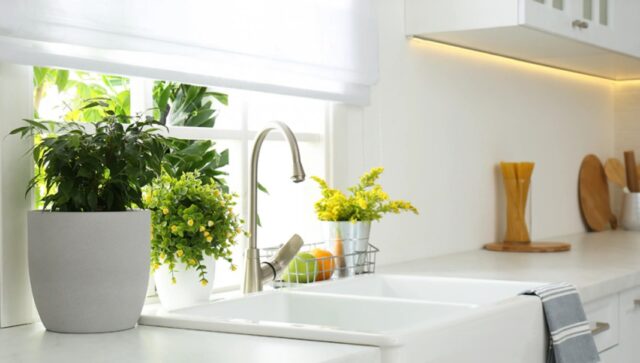
Nothing sparks joy like a spotless, germ-free living space—except maybe discovering a hidden stash of cash under the couch cushions. But keeping everything pristine isn’t just about appearances; it’s about maintaining a healthy environment for you and your family.
Let’s face it, though—we’re all busy. Whether you’re juggling work, family, or just trying to keep up with life’s chaos, finding effective ways to tackle the mess without losing your mind is key.
Key Points:
- Declutter before you clean.
- Use natural solutions for a healthier environment.
- Don’t ignore overlooked spaces like remotes and switches.
- Prioritize disinfecting high-touch surfaces.
- Create a schedule to save time and stay consistent.
1. Start with the Basics ─ Decluttering Saves Time and Effort
Before diving into scrubbing and wiping, decluttering is essential. A clean space starts with less stuff lying around. You’ll find it much easier to disinfect surfaces when they’re not buried under piles of random items. Imagine you’re a politician clearing out scandals before a press conference—get rid of the unnecessary distractions.
If your schedule is packed, or the idea of decluttering feels overwhelming, consider searching for home cleaners near me. Professionals can handle the heavy lifting, leaving you with a fresh start.
2. Use Natural Solutions for a Safer Space
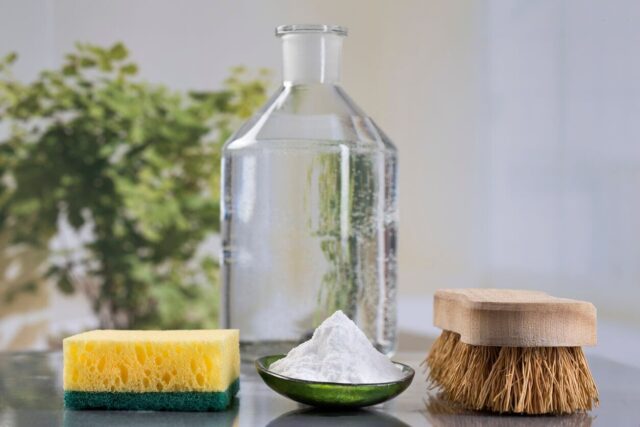
Harsh chemicals aren’t the only option for a germ-free environment. Many natural alternatives are equally effective and safer for your family and pets. Here are a few options:
- White vinegar ─ Cuts through grime and acts as a disinfectant.
- Baking soda ─ A versatile deodorizer that works on sinks, counters, and even carpets.
- Essential oils ─ Tea tree and eucalyptus oils can add antibacterial power while keeping your space smelling fresh.
Mix one part vinegar with two parts water and a few drops of essential oil for an all-purpose cleaner that’s eco-friendly and effective.
3. Focus on High-Touch Areas to Minimize Germs
Not all surfaces are created equal when it comes to germs. Prioritize cleaning high-touch areas like:
- Light switches
- Doorknobs
- Faucet handles
- Remote controls
Use disinfectant wipes or a cloth dampened with a mixture of rubbing alcohol and water. These areas often harbor more bacteria than your toilet seat, so don’t skip them.
4. Establish a Routine to Stay Consistent
Consistency beats sporadic deep cleaning marathons every time. Create a realistic schedule that fits your lifestyle. For instance:
- Daily ─ Wipe down counters and high-touch surfaces.
- Weekly ─ Mop floors and vacuum carpets.
- Monthly ─ Tackle baseboards and windows.
- Seasonally ─ Deep clean mattresses and upholstery.
A well-planned routine ensures nothing gets overlooked. Plus, spreading out tasks makes it manageable.
5. Don’t Forget About Overlooked Spaces
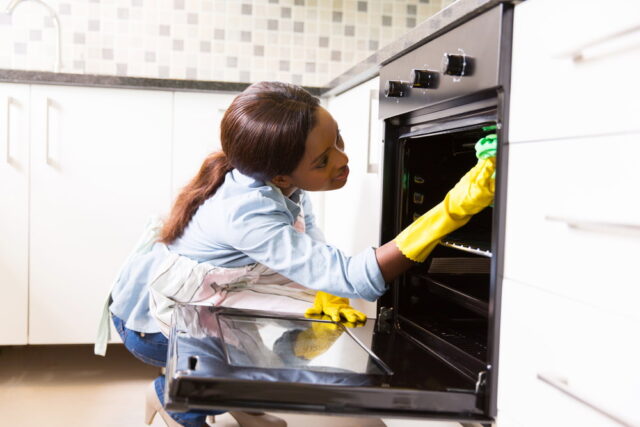
Some areas are easy to neglect but can quickly turn into germ havens. Think of them as the corners of your tax returns that you’d rather avoid but need attention:
- Behind appliances ─ Dust and crumbs accumulate here.
- Under cushions ─ A treasure trove of crumbs and who-knows-what.
- Shower curtains and liners ─ Mold loves to lurk here. Wash them monthly.
- Trash cans ─ Even with liners, residue builds up. Rinse them with soapy water regularly.
6. Use Microfiber Cloths for Maximum Effectiveness
Microfiber clothes are a game-changer. They’re more effective at trapping dust and bacteria than regular cloths. Use them dry for dusting or damp for cleaning surfaces. Reusable and washable, they’re also a sustainable choice.
Pro tip ─ Color-code your microfiber cloths for different areas (e.g., blue for bathrooms, and green for kitchens) to avoid cross-contamination.
7. Pay Attention to Air Quality
Germs don’t just live on surfaces. They’re airborne too. Improve air quality with these simple steps:
- Open windows ─ Fresh air can dilute indoor pollutants.
- Use an air purifier ─ Look for models with HEPA filters.
- Change HVAC filters ─ Replace them every three months to reduce dust and allergens.
8. Laundry Tips for a Cleaner Space
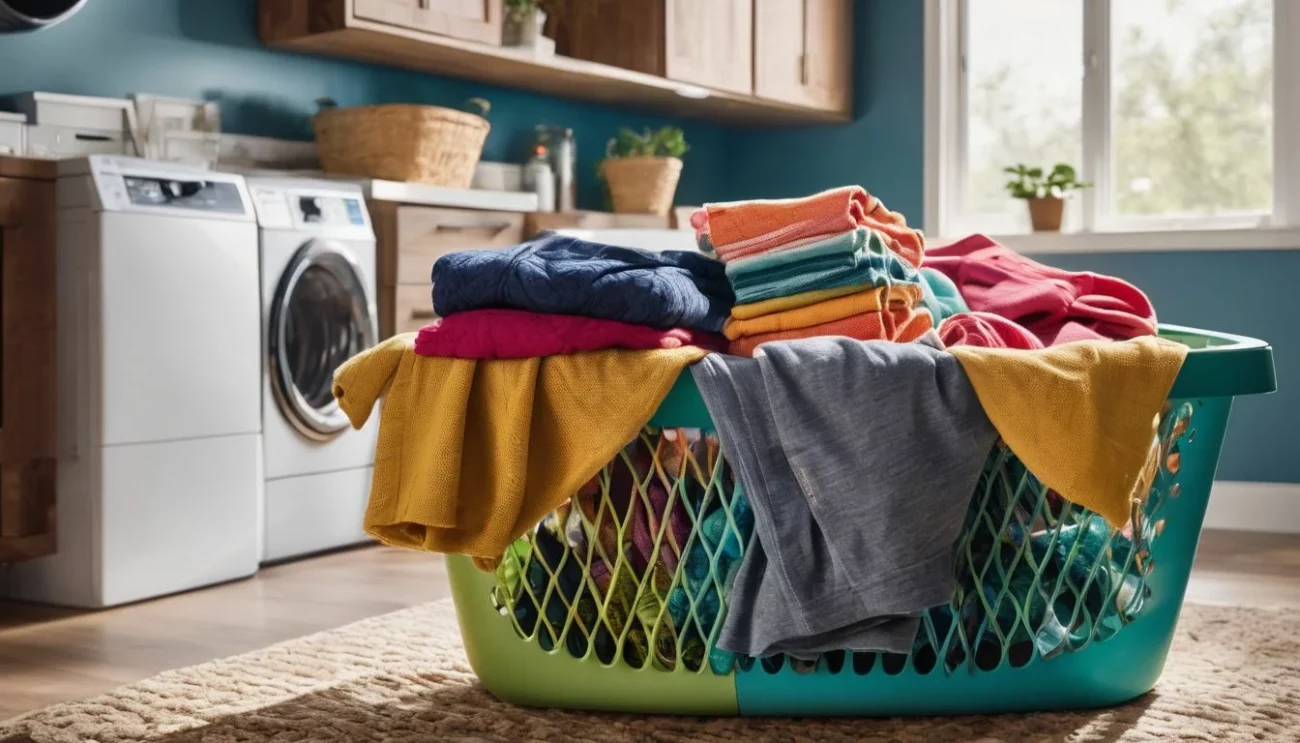
Clothes, bedding, and towels can harbor bacteria. Wash them regularly using hot water and an antibacterial detergent. Add a cup of white vinegar to the rinse cycle to remove odors and soften fabrics.
Bonus tip ─ Clean your washing machine monthly by running an empty cycle with hot water, vinegar, and baking soda.
9. Keep Floors Free of Germs
Shoes bring in dirt, germs, and allergens. Create a shoe-free policy in your home. Provide a shoe rack or basket near the entrance to encourage compliance. Vacuum and mop floors weekly to keep them spotless.
10. Upgrade Your Cleaning Tools
Old, worn-out tools can spread more germs than they remove. Replace sponges, mop heads, and scrub brushes regularly. Consider investing in:
- Steam cleaners ─ Use heat to sanitize surfaces without chemicals.
- Vacuum cleaners with HEPA filters ─ Trap allergens effectively.
11. Disinfect Your Kitchen and Bathroom Thoroughly
The kitchen and bathroom are hot spots for bacteria. Pay extra attention to:
- Kitchen sink ─ Scrub with baking soda and rinse with hot water.
- Cutting boards ─ Sanitize with vinegar or hydrogen peroxide.
- Toilet handle and seat ─ Disinfect daily.
- Showerhead ─ Soak in vinegar to remove mineral buildup.
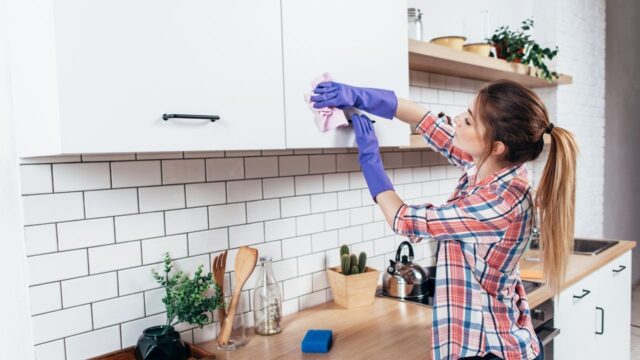
Conclusion ─ A Cleaner Space, a Healthier You
Maintaining a germ-free environment doesn’t have to feel like running a marathon. With a bit of planning and the right tools, you can keep everything spotless without sacrificing all your free time. Whether you’re a busy professional or an aspiring Airbnb host, these tips will help you tackle germs head-on.
Start small, stay consistent, and let the satisfaction of a fresh, clean space motivate you. After all, a germ-free environment isn’t just about cleanliness—it’s about peace of mind.

